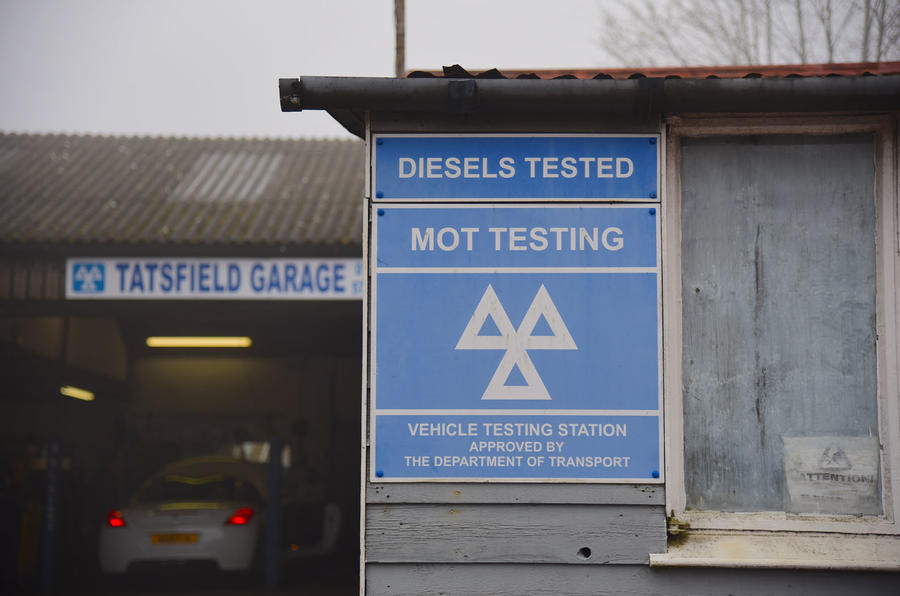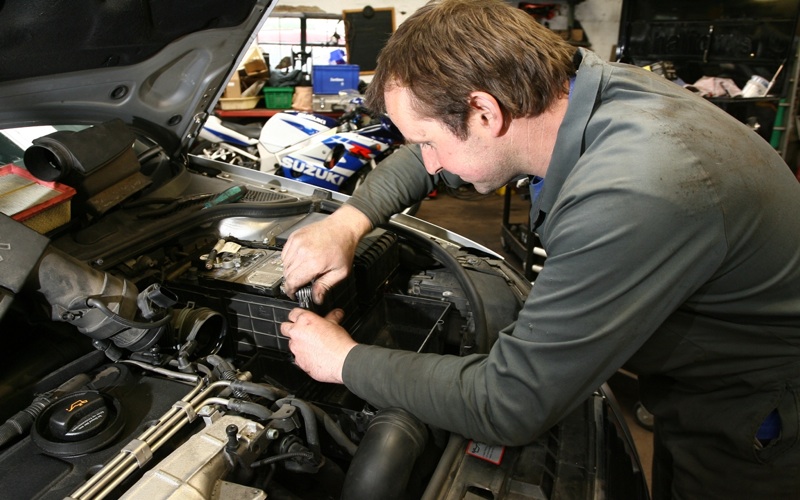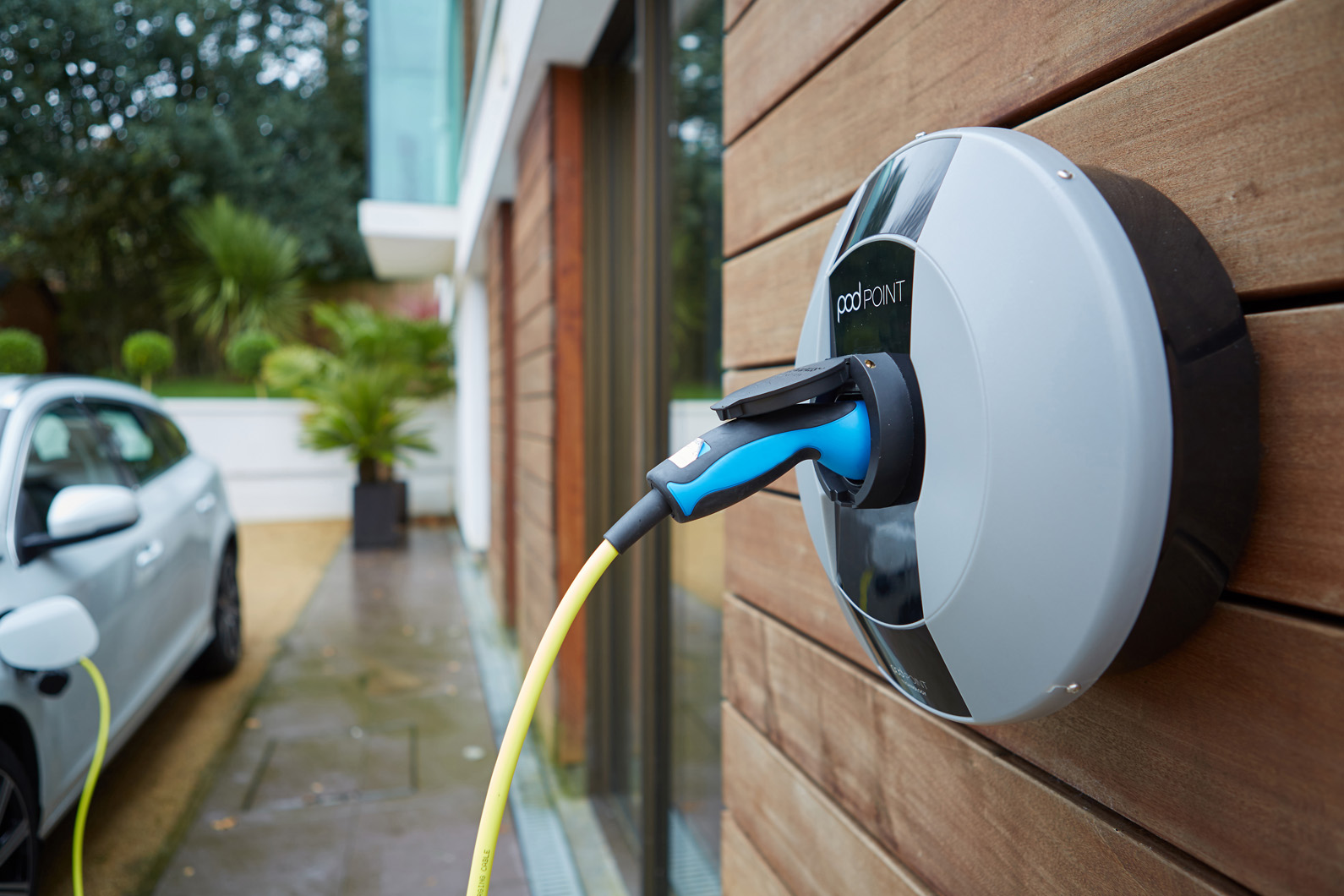By: Kevin Howle is Head of Sales at Pilot Group EV
You won’t need me to tell you that electric vehicles are on the rise. There are ever-more low-emission zones around the country, government policies seek to tax diesel vehicles off the roads, and a ban on new registration of conventional vehicles looms in the near future. The smart money is on electric cars.
What does this mean for aftermarket professionals? One thing is for sure – you’ll need to start preparing now for the electric revolution. Here’s how you can begin to upgrade your workplaces to get ready.

Building capacity
Should businesses be looking to accommodate greater numbers of electric vehicles, it is important to get a capacity check done. You can request a local electrician to ensure that there is sufficient capacity on site above maximum demand – this is usually either very cheap, or even free, to undertake. Alternatively, we at The Pilot Group can carry out a site survey to produce a turnkey solution. The supply must not have any diversity (a supply calculation) in order to have sufficient power to charge the cars.
If a site is found to have an insufficient power supply, there are a few options to consider. It may be necessary to ring-fence power for the EV charging points, in which case a charging point supplier can install a charging point where the power is ring-fenced before it goes to the existing electricity distribution board. Alternatively, it is possible to install a lower-powered charging point.
If the business has low power supply capacity, then they may need to evaluate the option of investing in an upgrade to their incoming supply to achieve the best charging result. Another option is advising in a supply upgrade from the Distribution Network Operator. The price for this varies from minimal to quite expensive.
Substations would not typically be required for a standard commercial installation because they are an expensive undertaking, requiring major network upgrades and would not normally be the responsibility of the business owner.
Load management is another potential solution to put in place to ensure businesses are ready for the move to EV, ensuring the chargers can only use up to a maximum level of energy, which helps to avoid power failures.
Making Plans
Installing charging points is the next step, because owners are likely to seek out businesses who provide charging points for their electric vehicle.
Workshop owners should look to install basic charging points in each bay, in order that electric vehicles can charge while being repaired. You should also consider a handover bay, with a charging point that delivers the maximum charge the building allows to deliver the vehicle to the customer with enough power to use afterwards. If considering 50kW charging points, called rapid chargers, typically you would need 100A ph per unit, and so would need to think about upgrading the existing supply to support one, unless you already have sufficient supply on site.
As for external use, for customer car parks for instance, some types of charging points can provide a number of incidental benefits. Some provide an option to use a charging point as a parking meter as an additional form of revenue, or the ability to customise the screens of these charging points in order to place promotional material.
While new owners of electric vehicles may find a need for additional accessories such as charging cables, in general, electric vehicles have fewer maintenance needs than the majority of fossil-fuel vehicles. However, it is more likely that the value for electric vehicle owners will be in workshops that are better able to run diagnostics on electric vehicles.
As a result, training will be key – something the Institute of the Motor Industry has repeatedly called for the government to focus on.
Assessment
Beyond charging, workshops may have to make other changes to work on electric vehicles. Insulated tools are a must of course, as well as rubber boots, a non-conductive ‘barge-pole’ and other accoutrements relating to isolating the vehicle and making sure that unauthorised people don’t wander into the area.
While you are assessing risks, you might need to consider if your lifting gear is suitable. For instance, electric vehicles are much heavier than other types of cars, with their batteries contributing significantly to their increased weight, and the centre of gravity will shift dramatically when the battery is removed on some hybrids. Revisit the OEM procedures for lifting equipment to ensure you are aware of any changes required when handling EVs.
Electric vehicles come with a whole range of new safety challenges, too. For instance, stored electric energy, or multiple vehicles plugged into charging points at any one time, raises the risk of an explosion or accident, so as with any battery being charged, workshops must make sure the ventilation is adequate.
Don’t panic about the electric future though. The outlay to cater for EVs my not be as great as you might think, particularly as you likely have the main pieces of infrastructure in place already. If you become an early adopter, the rewards could well be worth the cost of upgrading.
For the latest news and analysis from around the aftermarket, sign up to the CAT eNewsletter today











Go to comments